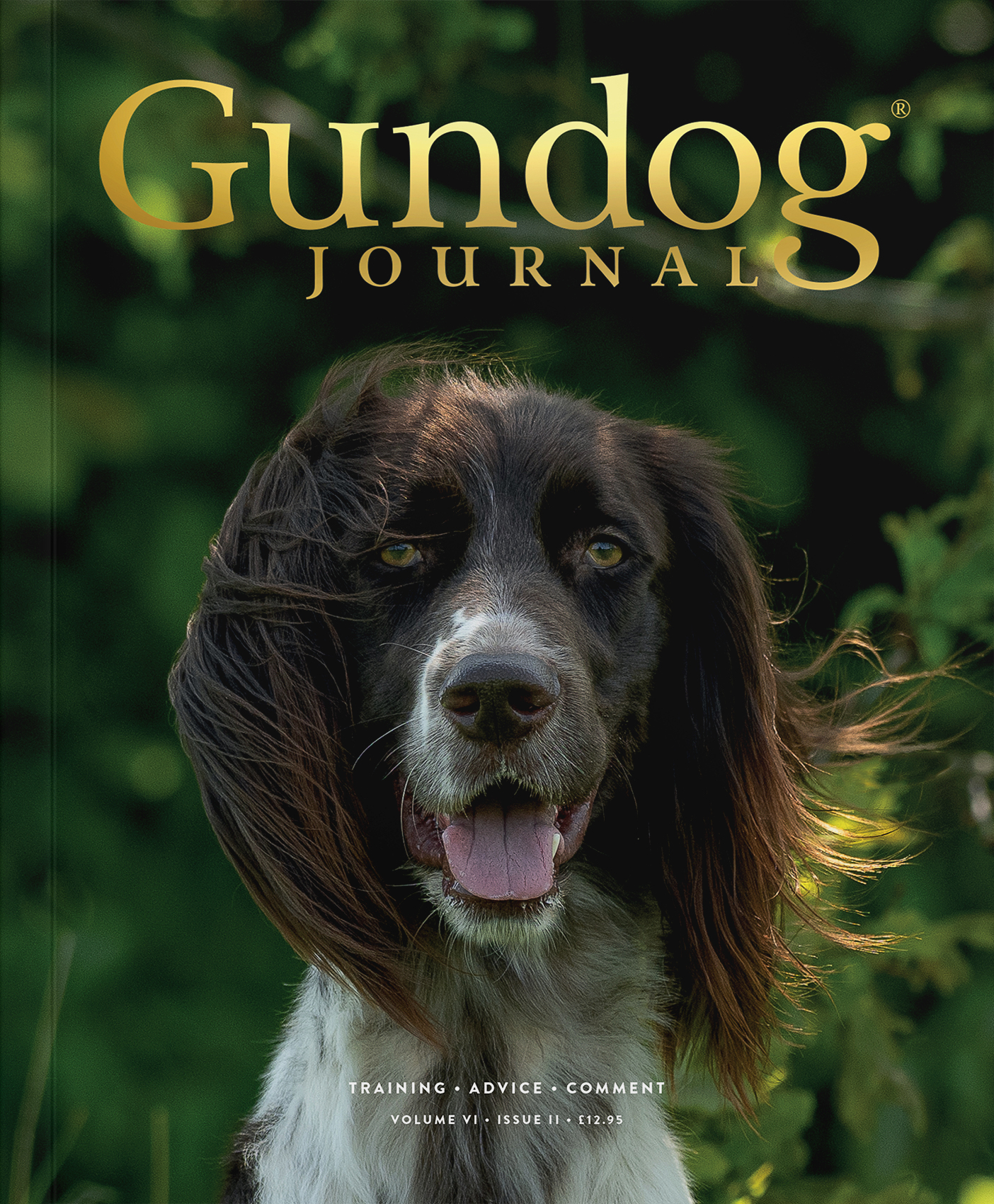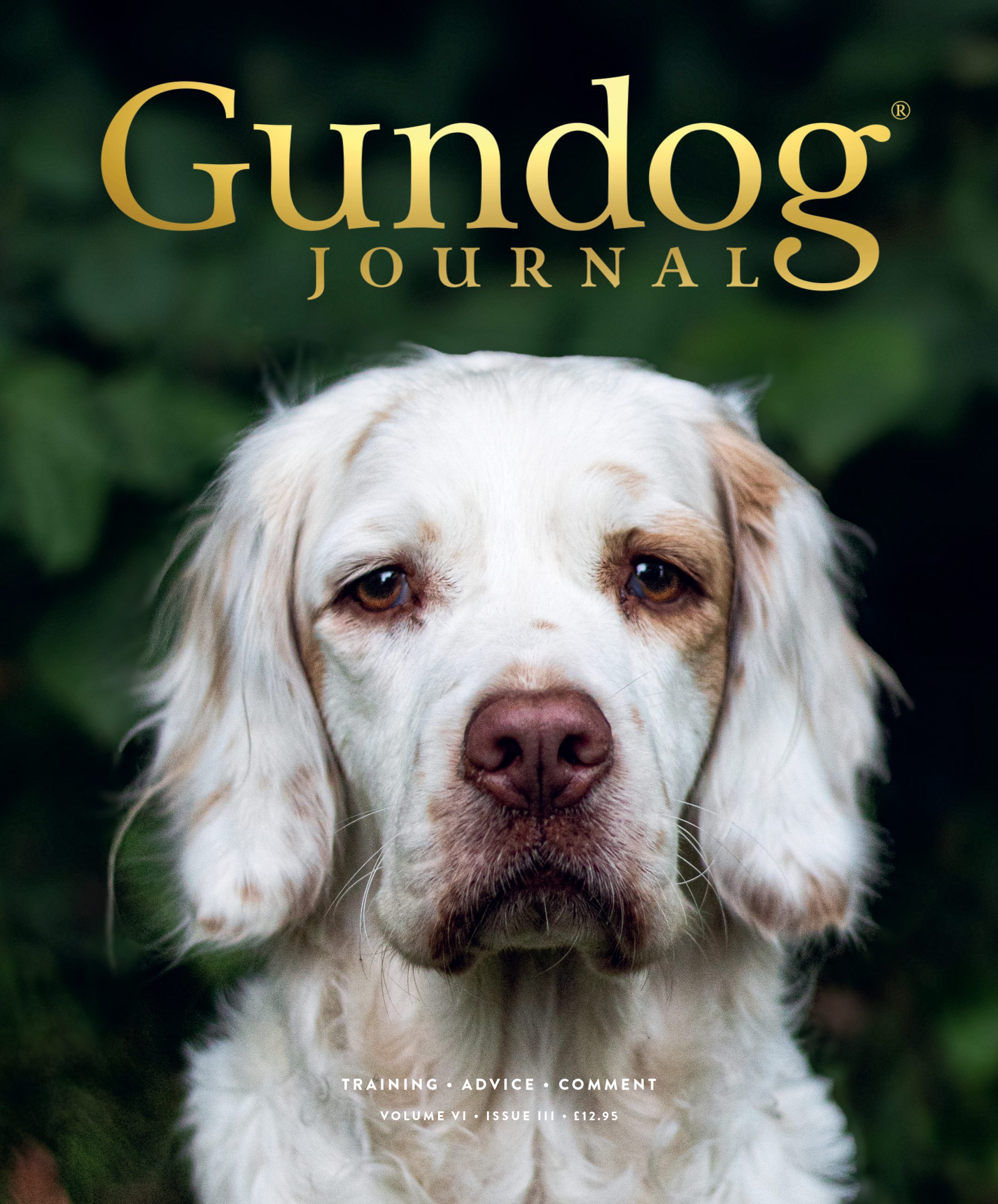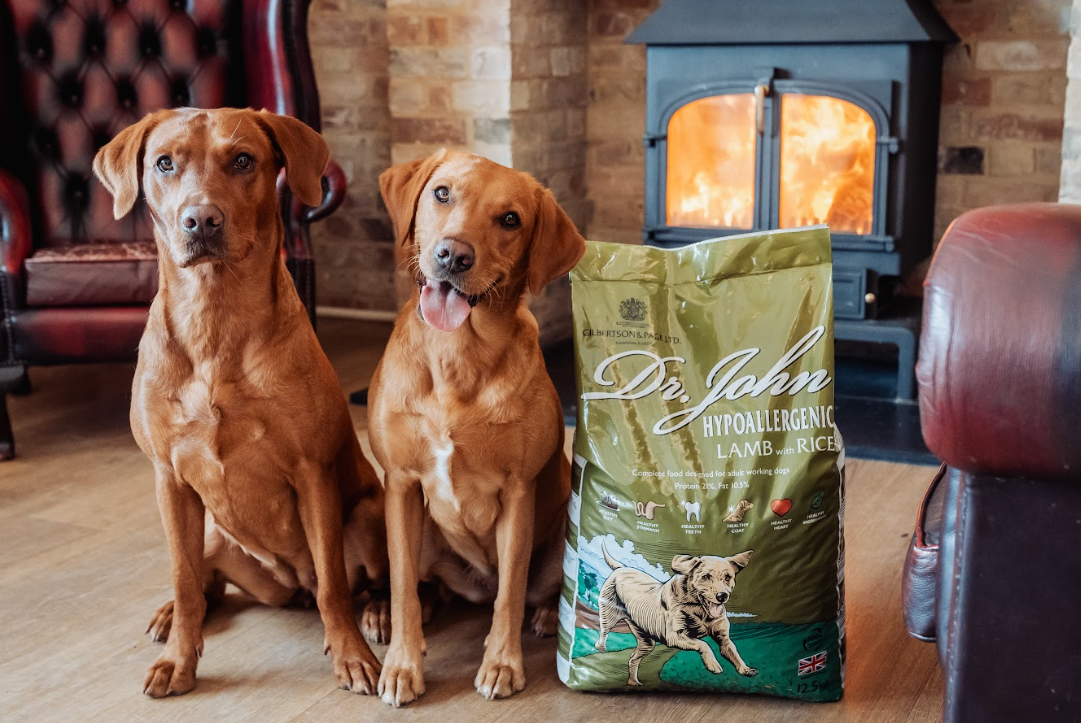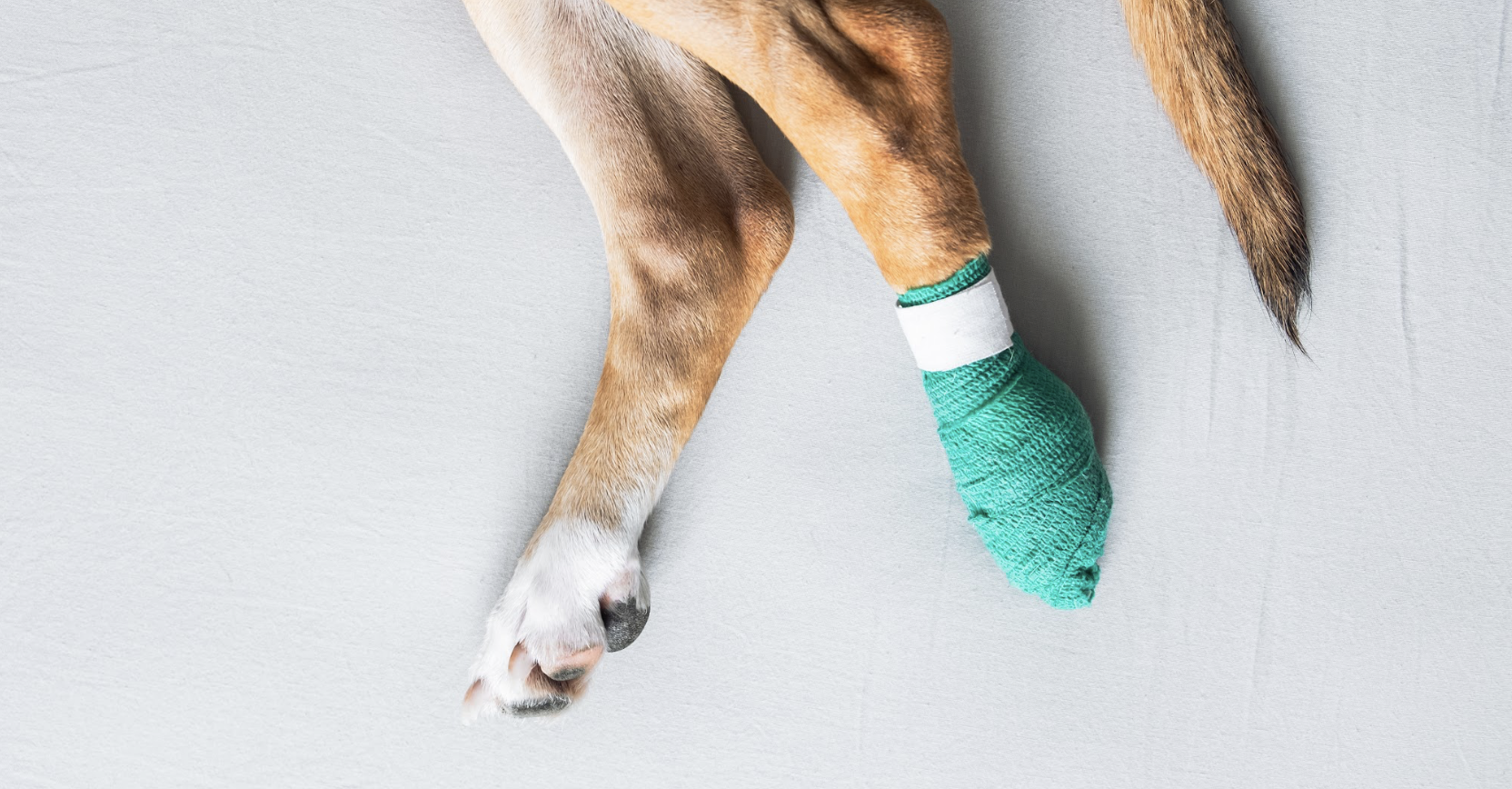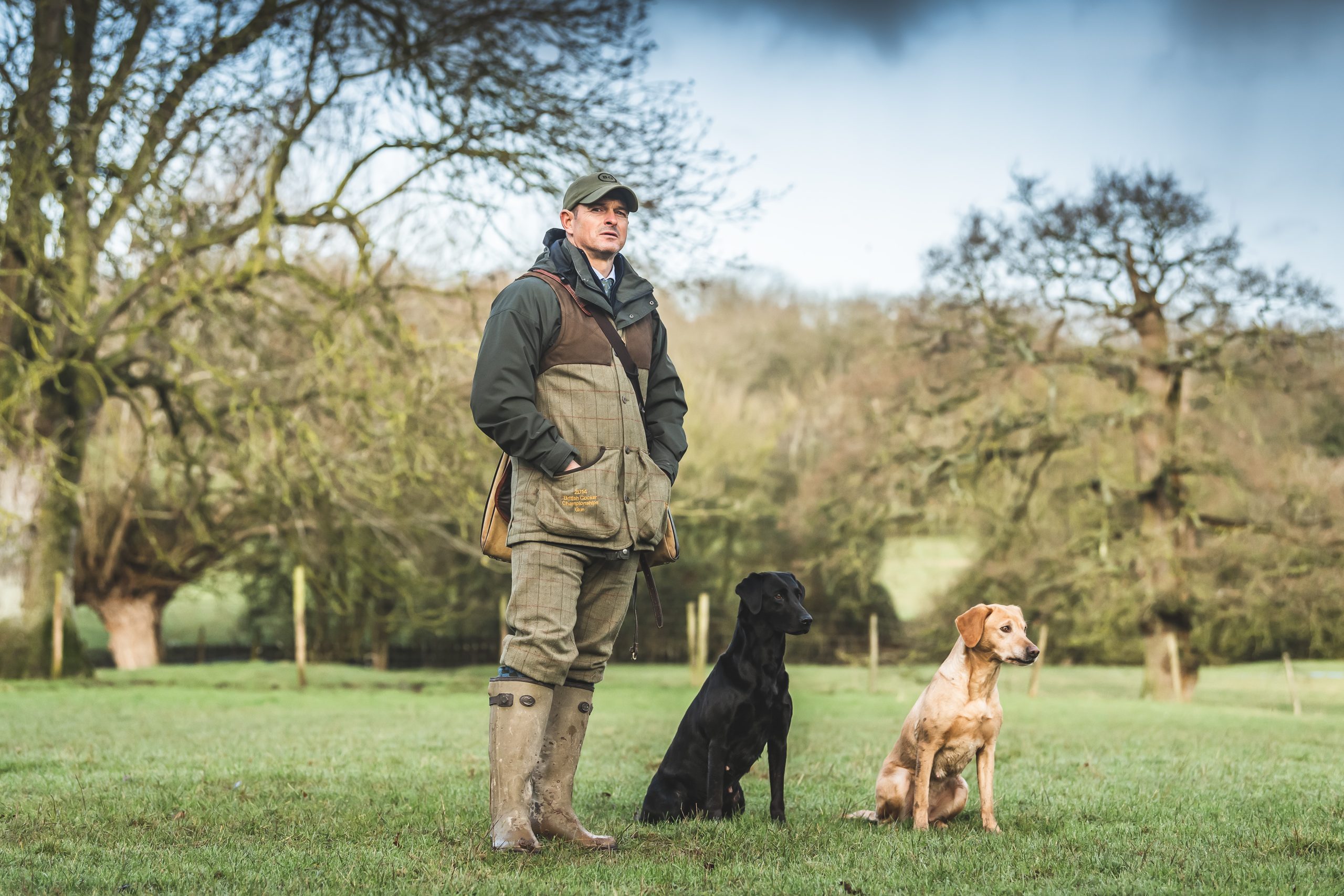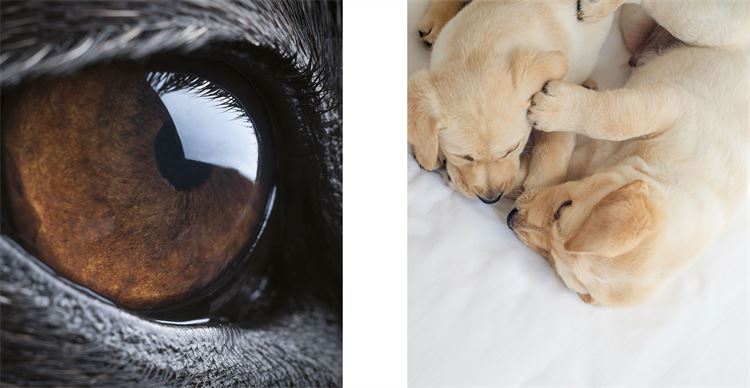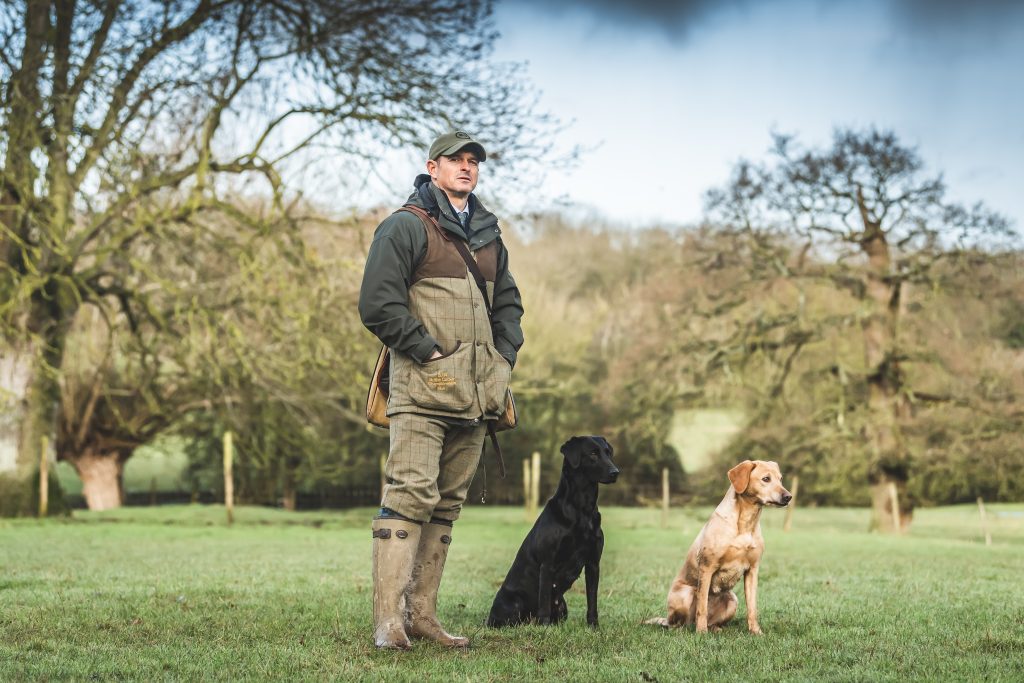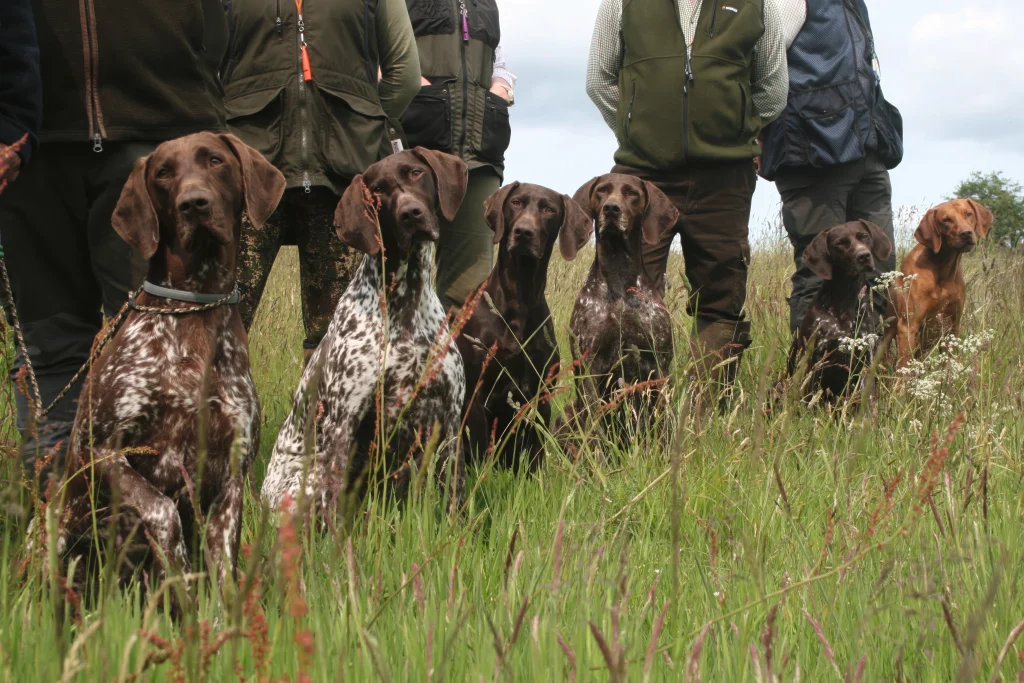Puppyhood
Talking to three professionals, we answer your questions about puppyhood.

Q: What is the ideal age to collect a new puppy?
Jayne Coley: Dog breeders, by law, must ensure that all puppies are micro-chipped and recorded with a government-compliant microchip database, such as Petlog, by the time they are eight-weeks-old and before they go to the new owner. Breeders tend to get this done when the puppies are seven to eight weeks old when they are also ready to go to their new homes.
A good breeder will have ensured the puppies have had the best start in life, making certain they have been well handled and socialised, enabling the transition to their new home to go as smoothly as possible. If you visit the puppies before you return to collect yours, it’s a good idea to take a blanket or piece of Vetbed, which the breeder can put in their sleeping area the day before your puppy leaves. This will pick up the scent of the whole litter and will act as a comforter when he/she lies on it when travelling to his/her new home and adapting to the new environment.
Q: Our new pup will live in the house. Should we crate her?
Jeremy Organ: I would always advise people to use a crate when they first take delivery of a new puppy, particularly if their plans are to keep it in a house environment.
This has many advantages. Firstly, it gives the puppy somewhere that is safe and secure. Secondly you can shut the puppy in when it’s time for bed or when you have visitors. Thirdly, it is a great way to start the house training.
Once the puppy accepts the cage as home you will find they they will take themselves off to it when they need their own space. The crate can also double up as a car transit cage to keep the puppy safe when travelling. Also, if you’re staying away from home you can take the crate with you and know that the puppy will be safe and happy in a secure and familiar surrounding.
Q: What are the main things we should look for when we go to view a litter?
Laura Hill: Before visiting any litter, I would suggest doing plenty of research at home on the sort of dog you are looking for, potential breeders and the recommended health tests for your chosen breed. The Kennel Club has an excellent online service, Mateselect, which is free to use, and enables you to check all the health tests that have been done, as well as rating the ‘breeding value’ of the parents.
If you are unsure of what to look out for when you visit a litter, take an experienced friend along with you who can advise and be more emotionally detached. Pups should be lively and sociable, with good coats, clean ears, bright eyes, and be well-fed but not pot-bellied.
Have a list of questions prepared and, in turn, expect to be questioned by the breeder about yourself. If they don’t question you thoroughly then I would walk away. Great breeders should always have the welfare of the puppies they produce as their priority.
Related Articles
Get the latest news delivered direct to your door
Subscribe to Gundog Journal
Unlock the full potential of your working dog with a subscription to Gundog Journal, the UK’s only dedicated magazine for gundog enthusiasts. Published bi-monthly, this authoritative resource delivers expert training advice, in-depth interviews with top trainers and veterinary guidance to help you nurture a stronger bond with your dog.
With stunning photography and thought-provoking content, Gundog Journal is your essential guide to understanding, training and celebrating your working dog.
Save 10% on shop price when you subscribe, with a choice of packages that work for you. Choose from Print & Digital or Digital only with each journal delivered directly to your door or via the app every other month, plus access to past issues with the digital back issue library.
